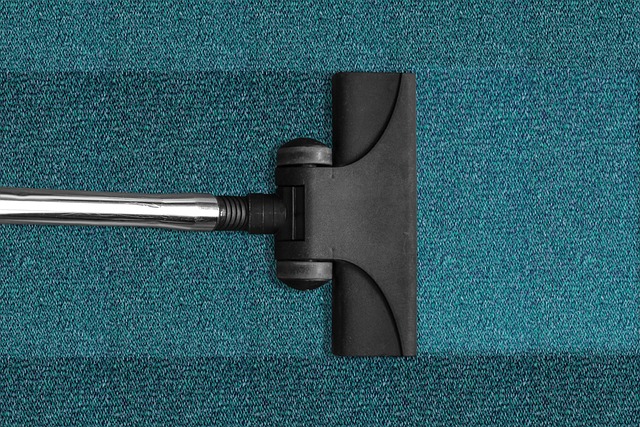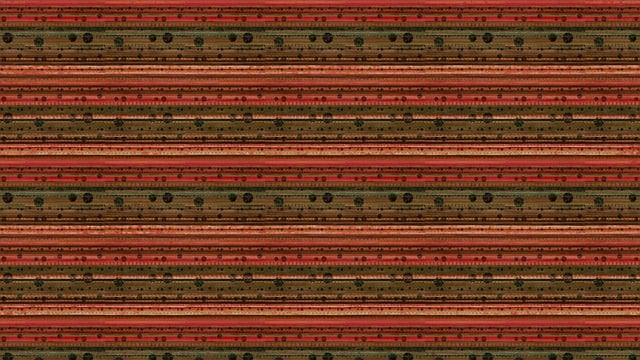Dry carpet cleaning is a revolutionary, eco-friendly method that uses minimal moisture and specialized equipment to extract dirt, preserving fibers, reducing mold risk, and minimizing damage compared to traditional wet cleaning. Quick drying times, suitable for synthetic fibers like nylon and polyester, make it ideal for busy households and commercial spaces. Proper preparation, including furniture removal and vacuuming, ensures optimal results, while modern technology reduces drying time significantly, allowing for immediate normal usage. For delicate wool or natural fiber carpets, special care is needed to avoid damage.
Discover the transformative power of quick dry carpet cleaning, a revolutionary method redefining the industry. This article delves into the intricacies of this innovative process, exploring its numerous benefits and versatility. From understanding the basics to mastering best practices, we guide you through the science behind dry carpet cleaning and its suitability for various carpet types. Learn pre-treatment tips, navigate common challenges, and unlock the secrets to efficient, thorough, and swift carpet rejuvenation.
Understanding Dry Carpet Cleaning: The Basics

Dry carpet cleaning is a revolutionary method that has transformed the way we maintain our floor coverings. Unlike traditional wet cleaning, which involves significant water usage and often lengthy drying times, dry cleaning uses specialized equipment to extract dirt and debris from carpets using minimal moisture. This innovative process ensures that your carpets remain dry throughout, eliminating the hassle of prolonged waiting periods for them to air dry.
The basic principle behind dry carpet cleaning is to apply a safe, powdered cleaning solution directly onto the carpet fibers. This solution is designed to attract and encapsulate dirt particles, making it easy for powerful vacuums to remove them effectively. By using less water, dry cleaning preserves the integrity of the carpet’s fibers, reduces the risk of mold growth, and cuts down on potential damage caused by over-saturation. It’s an eco-friendly option that is quick, efficient, and ideal for busy households or commercial spaces where minimizing disruption is key.
Benefits of Choosing Quick Dry Methods

Choosing quick dry carpet cleaning methods offers numerous benefits for both homeowners and commercial spaces. One of the most significant advantages is speed; these techniques can restore your carpets to near-original condition in a fraction of the time traditional methods take. This efficiency means less disruption to your daily routines, whether you’re a busy family or a bustling business.
Additionally, quick dry carpet cleaning often employs environmentally friendly solutions and advanced technology to minimize the use of harsh chemicals and excessive water. As a result, it’s a more sustainable option that helps preserve the quality of your carpets while promoting a greener lifestyle. The reduced moisture content also contributes to faster drying times, eliminating the risk of mold or mildew growth commonly associated with standard cleaning processes.
How Does Dry Carpet Cleaning Work?

Dry carpet cleaning is a revolutionary method that transforms the traditional cleaning process. Instead of relying on extensive water usage, this technique employs specialized equipment to eliminate dirt and debris from carpets using minimal moisture. It’s a game-changer for those seeking efficient and quick carpet care.
The process involves a powerful dry cleaning machine that disperses a fine mist of cleaning solution onto the carpet fibers. As the solution breaks down grime and stains, a unique suction system swiftly extracts the soiled solution along with excess moisture. This leaves behind a clean, fresh carpet with minimal drying time required. The entire process is swift, ensuring your carpets are ready for foot traffic in no time while maintaining optimal cleaning results.
Suitable Carpets for Dry Cleaning Techniques

When it comes to dry carpet cleaning, certain types of carpets are better suited for this technique due to their composition and construction. Synthetic fibres like nylon, polyester, and acrylic are commonly used in modern carpets and generally fare well under dry cleaning methods. These materials tend to be more resistant to solvents used in dry cleaning and can quickly recover their texture after treatment. Additionally, area rugs made from these synthetic blends are often ideal candidates for dry cleaning due to their portability and the ability to clean them without immersing them in water.
On the other hand, wool and natural fibre carpets may require a more tailored approach or alternative cleaning methods. These natural fibres can be sensitive to harsh chemicals found in some dry cleaning solutions, potentially causing shrinkage or colour fading. As such, for carpets with these materials, it’s recommended to consult professionals who specialise in delicate fabric care to ensure the best results while preserving the carpet’s integrity and longevity.
Pre-Treatment and Preparation Tips

Before starting any dry carpet cleaning process, proper preparation is key to achieving optimal results. Begin by clearing the carpeted area of any furniture or obstructions, ensuring easy access for cleaning tools and allowing the carpet fibers to fully expand. This step guarantees even distribution of the cleaning solution and facilitates efficient drying.
Additionally, vacuuming the carpet beforehand is essential to remove deep-seated dirt, dust, and debris. Regular vacuuming also helps prevent fiber damage during the cleaning process. For heavily soiled carpets, spot treatment with a suitable pre-cleaner can significantly enhance the overall cleaning efficiency, ensuring that stubborn stains are addressed before applying the dry cleaning solution.
Common Challenges and Solutions

Carpet cleaning can often be a time-consuming and laborious task, but with quick dry carpet cleaning methods, these challenges can be overcome. One of the primary issues is the lengthy drying process that traditional cleaning techniques entail. This not only delays your routine but also leaves your carpets vulnerable to traffic and damage during the drying period.
The solution lies in modern dry cleaning technologies that significantly reduce drying time without compromising on cleanliness. These innovative methods use specialized equipment and gentle, yet effective cleaning agents to remove dirt, stains, and allergens from deep within the carpet fibers. As a result, carpets are left fresh, clean, and dry within hours, allowing for normal usage and traffic immediately after treatment—a significant advantage over traditional wet cleaning methods that can take days to fully dry.
Best Practices for Efficient Dry Carpet Cleaning

When it comes to efficient dry carpet cleaning, preparation is key. Begin by clearing all furniture and objects from the carpeted areas. This allows for unobstructed access and ensures that every inch of the carpet is treated evenly. Next, ensure the room is well-ventilated to facilitate quick drying. Opening windows and running fans can significantly speed up the process.
During cleaning, use a high-quality dry carpet cleaning machine with adjustable settings. Customizing the machine’s settings based on carpet type ensures optimal cleaning without causing damage. It’s also crucial to apply the cleaning solution liberally but evenly, ensuring full coverage. Avoid over-saturating the carpet, as this can lead to prolonged drying times and potential mold issues.
